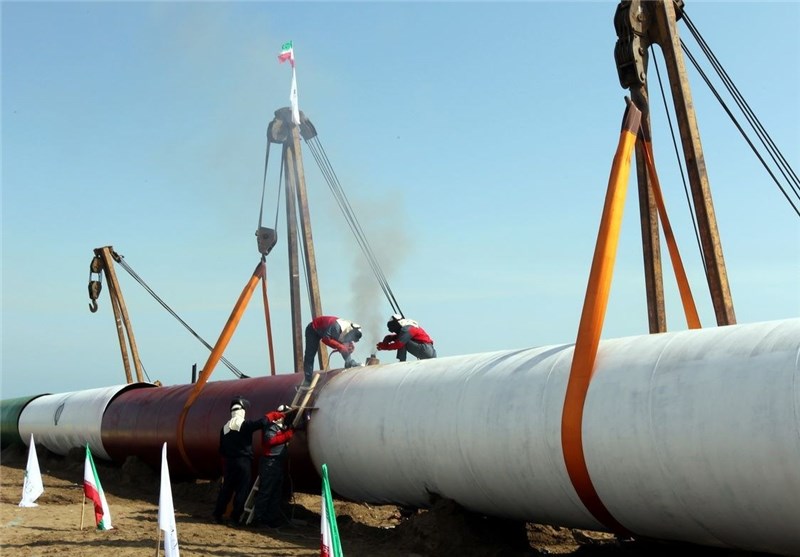The proposed route of the project to transfer water from the Persian Gulf in the south to Kerman and Yazd provinces in central Iran might change if impact assessments conclude that the construction will damage structures of archeological value.
“This will happen if any historical relics or structures are found in areas through which the route will pass,” said Hamideh Choubak, the head of Archeology Research Department at the Research Institute for Cultural Heritage and Tourism, ISNA reported.
“If changing the route is not feasible, rescue archeology will be prioritized. Discovered objects will be documented and, if possible, relocated for safekeeping.”
Although the initial phase of the project has been completed, cultural heritage authorities are determined to expand their assessment studies to areas where pipes have already been laid.
“Development projects are of great significance, but cultural heritage is also important and must be protected,” said Choubak, adding that archeological studies can guarantee both the safety of cultural heritage and the implementation of development schemes.
The project, which aims to transfer water from the Persian Gulf through Hormozgan Province to Kerman and Yazd, is a 750-km pipeline to be laid in a tunnel 30 meters wide. It is funded by the Persian Gulf Water Supply Company.
The scheme is aimed at meeting the ever-increasing demand of water-intensive industries in the two provinces.
However, economists have openly challenged former and present policy and decision makers and the governments for building the huge steel plants far away from the seas and have said that the mills will have to close down simply because they are too water intensive and economically unsustainable.
Supporters claim the project is meant to address widespread drought in the region, while critics argue that it will mostly benefit the steel industry rather than ordinary residents and farmers.
According to Alireza Sardari, chief rescue archeologist at the institute, work on the controversial scheme started before getting the approval of Iran’s Cultural Heritage, Handicrafts and Tourism Organization, which manages the institute.
Iranian law states that large-scale construction projects must receive approval from ICHHTO to protect historical sites.


